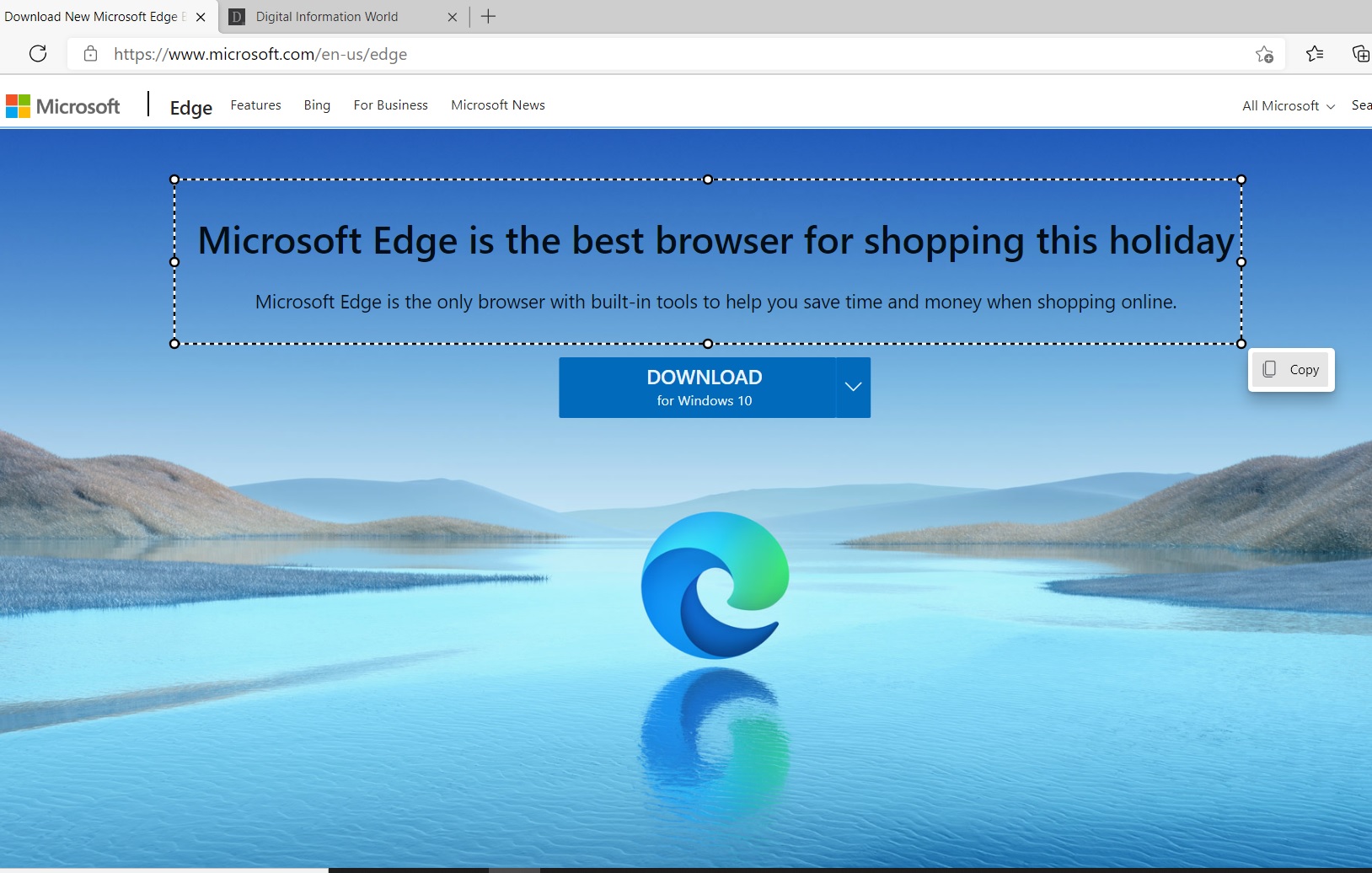

In the “Privacy, search, and services” tab, click the click the “Microsoft Defender SmartScreen” slider to the “Off” position. If you later decide to reenable Microsoft Defender SmartScreen, you will have to manually reenable “Block potentially unwanted apps” too, as this isn’t done automatically. Tip: Disabling Microsoft Defender SmartScreen will also disable the feature below it “Block potentially unwanted apps”. In the “Security” section, you want to click the first slider, labelled “Microsoft Defender SmartScreen” to the “Off” position. Microsoft SmartScreen was first introduced in Internet Explorer 7 as Phishing Filter, and has been improved upon in each release since. Once in Edge’s settings, switch to the “Privacy, search, and services” tab on the left, and scroll down to the “Security” section. Click the triple-dot icon in the top-right corner, then click on “Settings”. To do so you first need to click the triple-dot icon in the top-right corner, then click on “Settings”, the third to last option in the dropdown menu. Microsoft Edge uses Microsoft Defender SmartScreen to help keep you safe while you browse. You can disable Microsoft Defender SmartScreen from Edge’s settings. How to disable Microsoft Defender SmartScreen Tip: If you’re using a corporate device that is managed then you may not be able to disable Microsoft Defender SmartScreen as it is generally a setting that would be enabled via group policy. Thankfully it’s not too difficult to disable the feature. This data is then stored anonymously to contribute to Microsoft’s security services. Tip: In case you’re not aware, Microsoft Defender SmartScreen passes “relevant information about a URL or file” for the repudiation check.


 0 kommentar(er)
0 kommentar(er)
